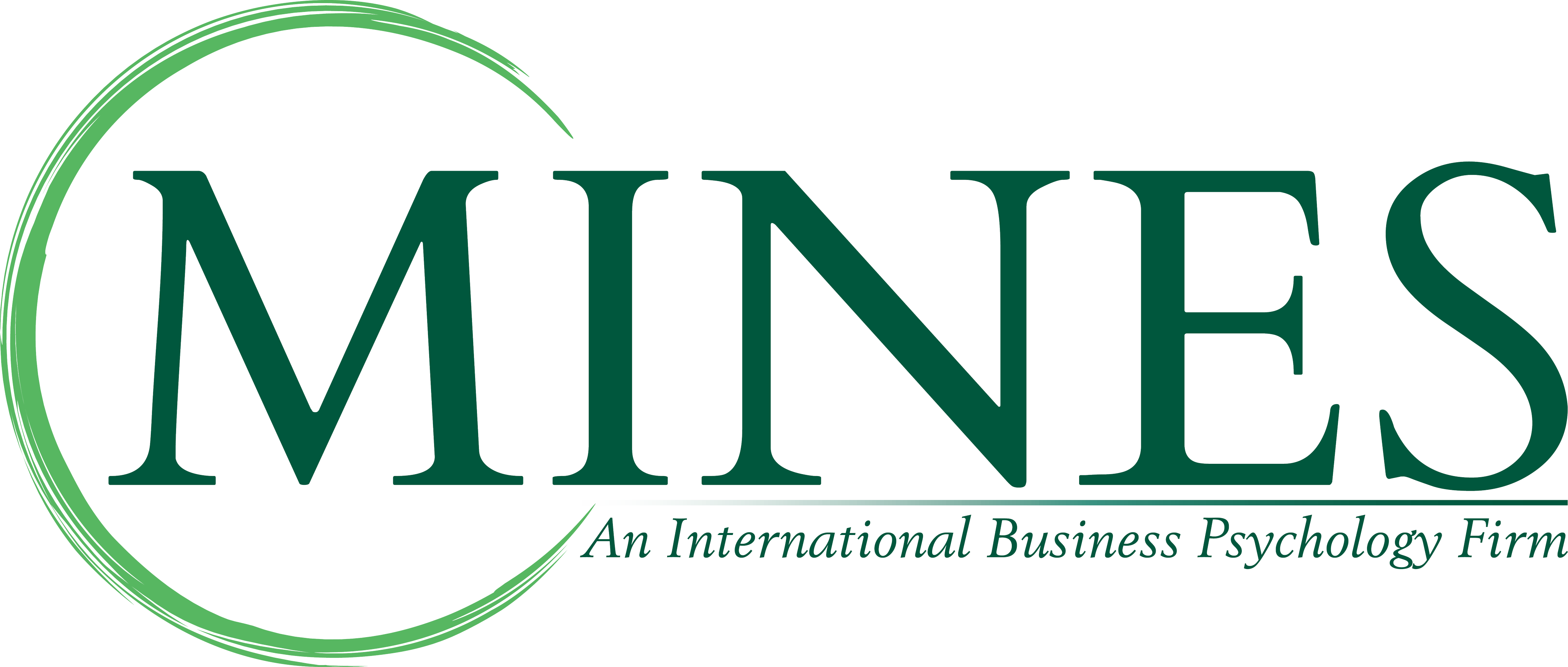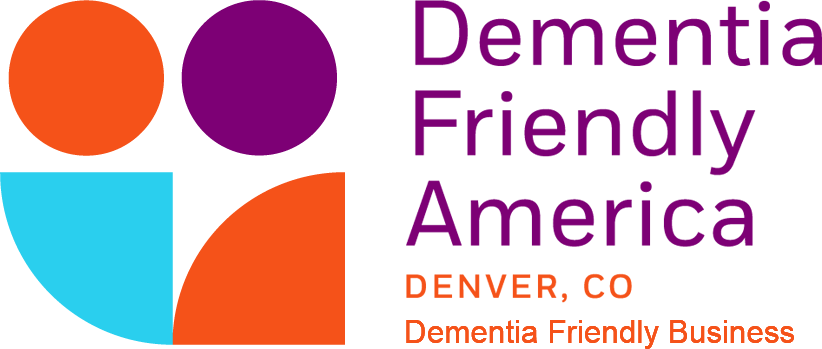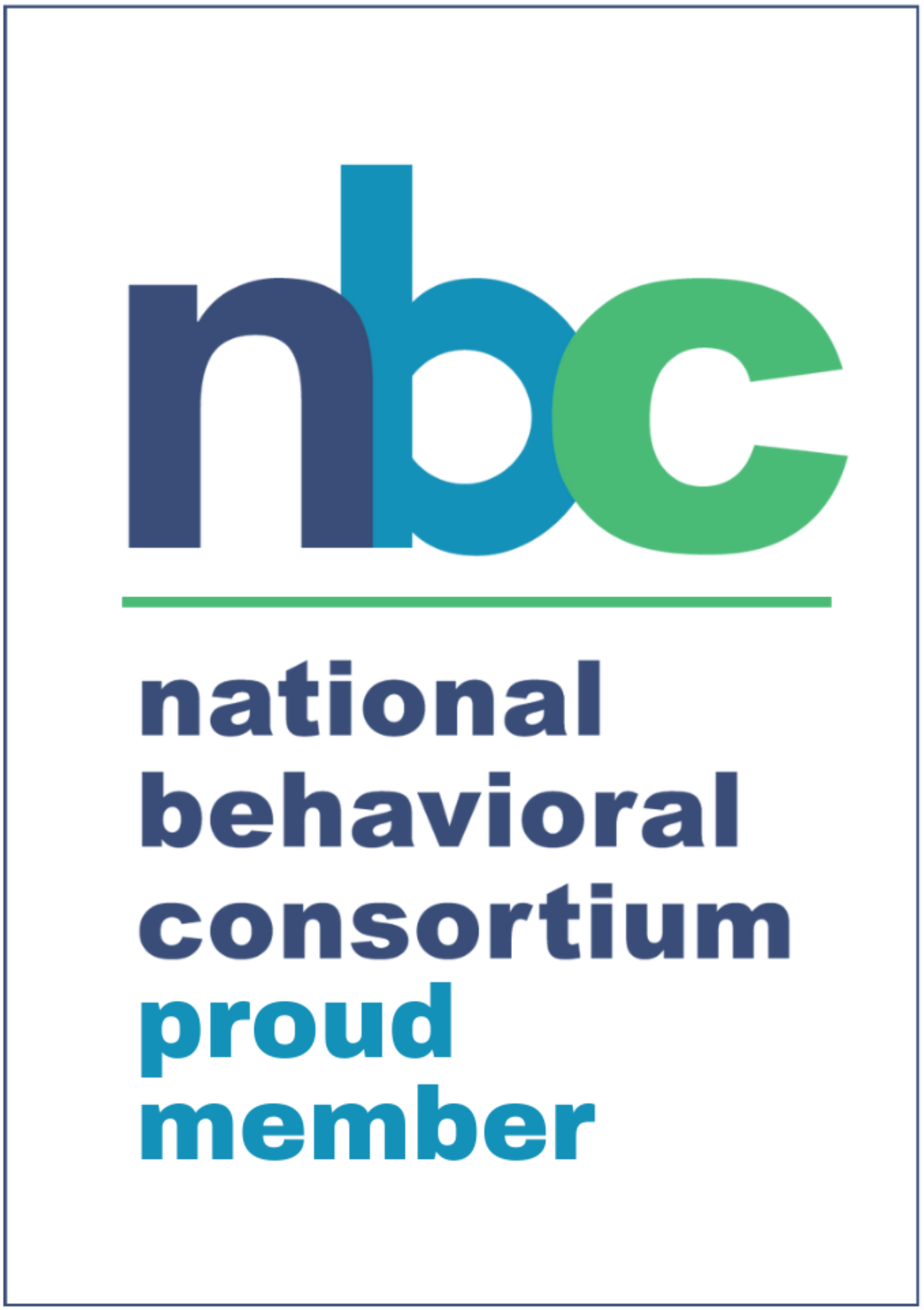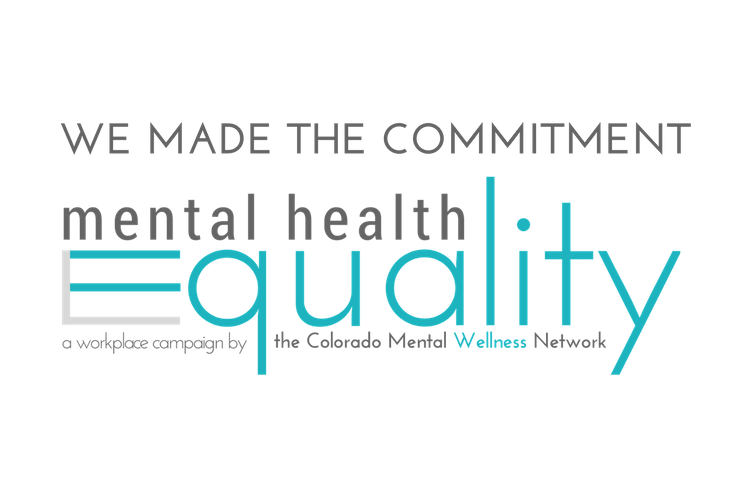Let’s dig a little deeper into the concept of Salutogenesis and what it might mean at your workplace.
The River
Antonovsky’s explanation of Salutogenesis was well depicted by a river. His concern with the current model of health (Pathogenesis) is that it’s generally believed that we are healthy from the beginning but that because of environmental / circumstantial events, we become sick. Antonovsky expressed this as a river, where all healthy people stand on the bank, safe from the raging river’s flow. Once one stepped into the river – got sick – then something needed to be done. Salutogenesis, however, sees all people already in the river; but at different distances from the mouth. General resistance resources (GRRs), a term Antonovsky used as well, are the supportive mechanisms that make it possible to engage in their health generating activities. These allow for someone to swim against the current or maintain a position against the current. The result of thinking this way is the freedom to abandon the bias that one has failed at being healthy, but rather that they are always working at generating more health.
Sense of Coherence
Antonovsky’s continued his explanation of Salutogenesis as hinged on a Sense of Coherence. Sense of Coherence is defined by three major parts:
- Comprehensibility (I get this). The ability to understand one’s circumstances. If you look back at some of my previous postings on Cognitive Bias, we are unable to fully comprehend our experience because, as Kahneman has pointed out in Thinking Fast and Slow, we are subject to a number of biases including base rate neglect (not having the ability to assess, objectively, where things are from the start before making an opinion of what is possible).
- Manageability (I got this). The ability to assess resources for dealing with one’s circumstances. “The right tool for the right job” comes to mind here. To adequately meet the needs of Manageability, one must not only have the resources available, but the knowledge that they can be used.
- Meaningfulness (I’m good to go). The ability to comprehend the anticipated results as helpful. We oftentimes recognize that there is a change to be had, but taking that step can be difficult without a fire under your bottom.
Taken together, these three points sit at the nexus of the ability for any given person to be able to effectively engage with their health. When all three are maximized for performance, individuals can effectively mitigate the potential of their circumstances. Education obviously plays a big role in the process of becoming healthier, but education alone cannot make people healthier.
Your role as a benefits provider
As someone that is providing benefits to a group of people, you have a key role in the ability to help those covered to become healthier; to actually create health. It’s easy to provide a benefit that is available when it’s needed and provided by an external vendor, but that doesn’t have to be the end. Visionary organizations are engaging their population in small, but every day, ways.
What can be done
Engagement is key. First off, you have to take on an organizational wellbeing plan in earnest. If you’re willing to put in the effort, your population will be more likely to stay engaged. If you’re not behind it 100%, they probably won’t be either. But what can be done to engage in health more actively in the worksite?
Let’s look at some of the GRRs that Antonovsky identified and where they may occur in the workplace.
Money: Money enables us to purchase services and products that can enable health generating activities. It can also be used to incentivize or disincentivize activities – the so-called carrot and/or stick approach. But, money also has some significant impact on engagement. When individuals make a purchase, they are actively exchanging the value of their dollar for the value of what is being purchased. If you’re familiar with the concept of Behavioral Economics, this might include devaluation of a certain program because it is provided for free. Instead, incentivizing purchase of products or services that help in the generation of health means personal investment in its use.
Knowledge: You know that conference or meeting room that is usually set aside for meetings with clients, or teams within your organization? It may also be a great location to have a training or two related to health generating activities. Including helpful information in your break room, like healthful recipes, may be a continual reminder of what your population is putting into their bodies.
Commitment: Commitment may be especially easy to generate in the workplace because you’re already showing an investment in those you provide benefits for. Showing your commitment to the program can help create mutual investment, as well!
Social Support: Encourage people to support each other in your health generating activities by rewarding employees who provide assistance or encouragement in the health of other employees. This creates a social structure for engaging in health, and we know that community is the key to health.
Taken together, this is a powerful recipe for getting the kind of motivation needed to stay actively engaged in your population’s health. And, the long-term benefit of a healthier and happier workforce is what drives productivity and profitability.
To our health,
Ryan Lucas
Marketing







Leave A Comment